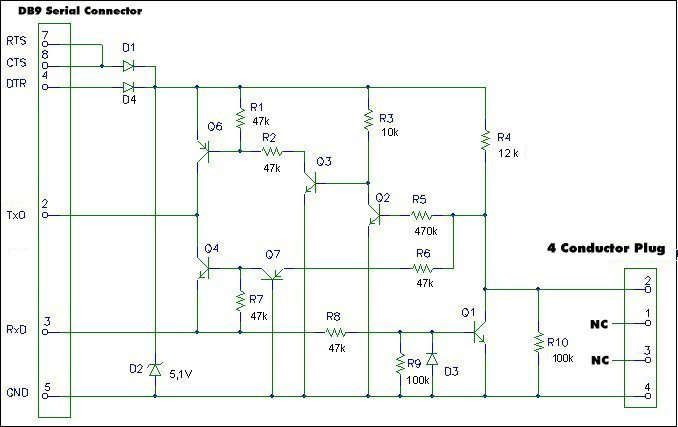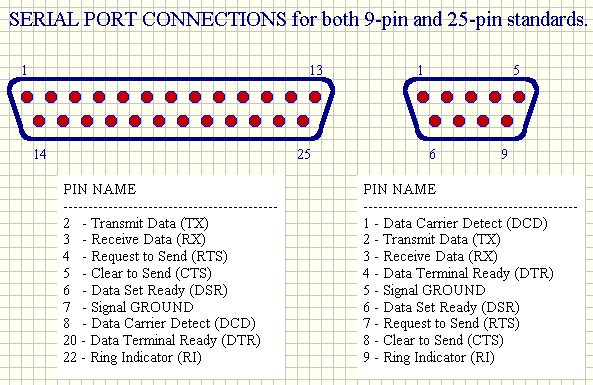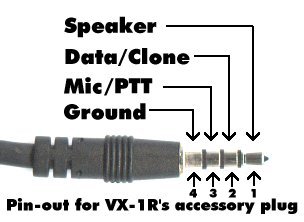VX-1 R crossband operation
Later versions of the VX-1R will allow you
to do a "cross-band operation" ( NOT REPEAT
). I have the ver. A105. I have tried this
on earlier versions of the VX-1R and it will
not work. AMDS note…the early version of
the software ver. 1.01 shows those memory
channels in a funny way, it cannot figure
out which band you are in when looking at
the memory file (a UHF freq. with a VHF tx).It has not effected the operation of the software. The AMDS ver 1.03 does not have a problem with the operation below and shows up correct in the memory file.
I have several channels on the VX-1R allocated to store a VHF memory channel with a UHF TX freq. to crossband back to the CAR to get on a local 2M repeater. Here is how I set it up. I place my mobile dual-band radio in the CAR to crossband ONE-WAY, because most of the time I can hear the local repeater, but I can't hear me. I set the CAR dual-bander up to receive the UHF simplex frequency ie..446.00 (with PL CTCSS on so every noise does not key up the crossband operation). Then I set it up on the 2M VFO side for the repeater INPUT frequency. I turn the car radio to 5 watts out and turn on the crossband to go UHF to VHF. The car radio only transmits when you are talking. And there you are, you don't have to wait until the squelch tail drops and you can join in with the best of them.
The text below is taken from the manual (page 32) on how to program the VX-1
Independent Tx-Rx Frequency Storage ("Odd
Splits").
You may need to use a repeater that has a
non-standard shift (an Offset that does not
conform to the local repeater band plan).
The VX-lR allows you to store the transmit
and receive frequencies independently into a
single memory; so you can store the
non-standard repeater's settings without
having to change the "standard" repeater
shifts in your VX-1R (+/-600 khz, +/-5 MHz,
etc.).
The procedure is very simple:
-
Be sure the transceiver is in the VFO
mode. Press [MV] once to change to VFO
operation, if necessary.
-
Turn the Dial to the desired receive
frequency. Then, as with "Simple Memory
Storage" previously, set up all needed
CTCSS/DCS tones and modes, but eliminate
any repeater shift (+ or -icon) which
might be set.
-
Hold [FW] for 1 second so the "F" icon
blinks and a memory number appears above
the frequency dis-play. The next step
must be done within 5 seconds while "F"
is blinking.
-
Turn the Dial to select the memory
number to store the receive frequency,
and press [FW] momentarily. Remember
this memory number, as you will need to
select it again below. -
-
Now turn the Dial to the desired
transmit frequency.
** At this point change bands, if you have stored a 2m receive frequency, push the [BAND] until you get to UHF ham VFO mode and enter a simplex UHF freq. (446.000 or whatever, NO OFFSET) This process you can also store a 2m simplex TX on a UHF repeater frequency.
-
Again hold [FW] for 1 second so the "F"
icon blinks and a memory number appears,
and turn the Dial to select the same
memory you stored the receive frequency
in, which will be blinking. The next
step also must be done within 5 seconds
while "F" is blinking.
- Hold the [PTT] switch while pressing [FW] momentarily.
During memory storage, pressing the [PTT]
switch does not cause transmission; rather,
it signals the radio's microprocessor that a
transmit frequency is being stored.
Memory storage is now complete. When you
recall a memory containing independent Tx/Rx
data per this section, you will notice that
the repeater offset is shown as "-+",
indicating that the pre-programmed default
offset is not in use.
|
GW1NGL NA7KR Kevin Roberts Ham Radio
Page last updated on 09/10/2012 by Kevin Roberts NA7KR a colection of Ham Radio and Electronic Information



